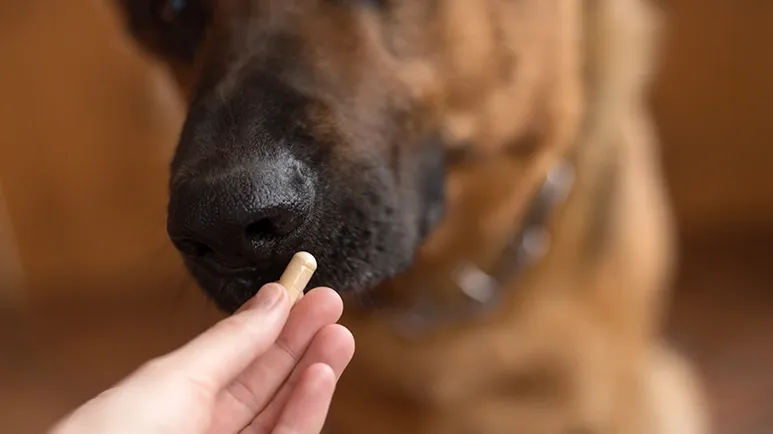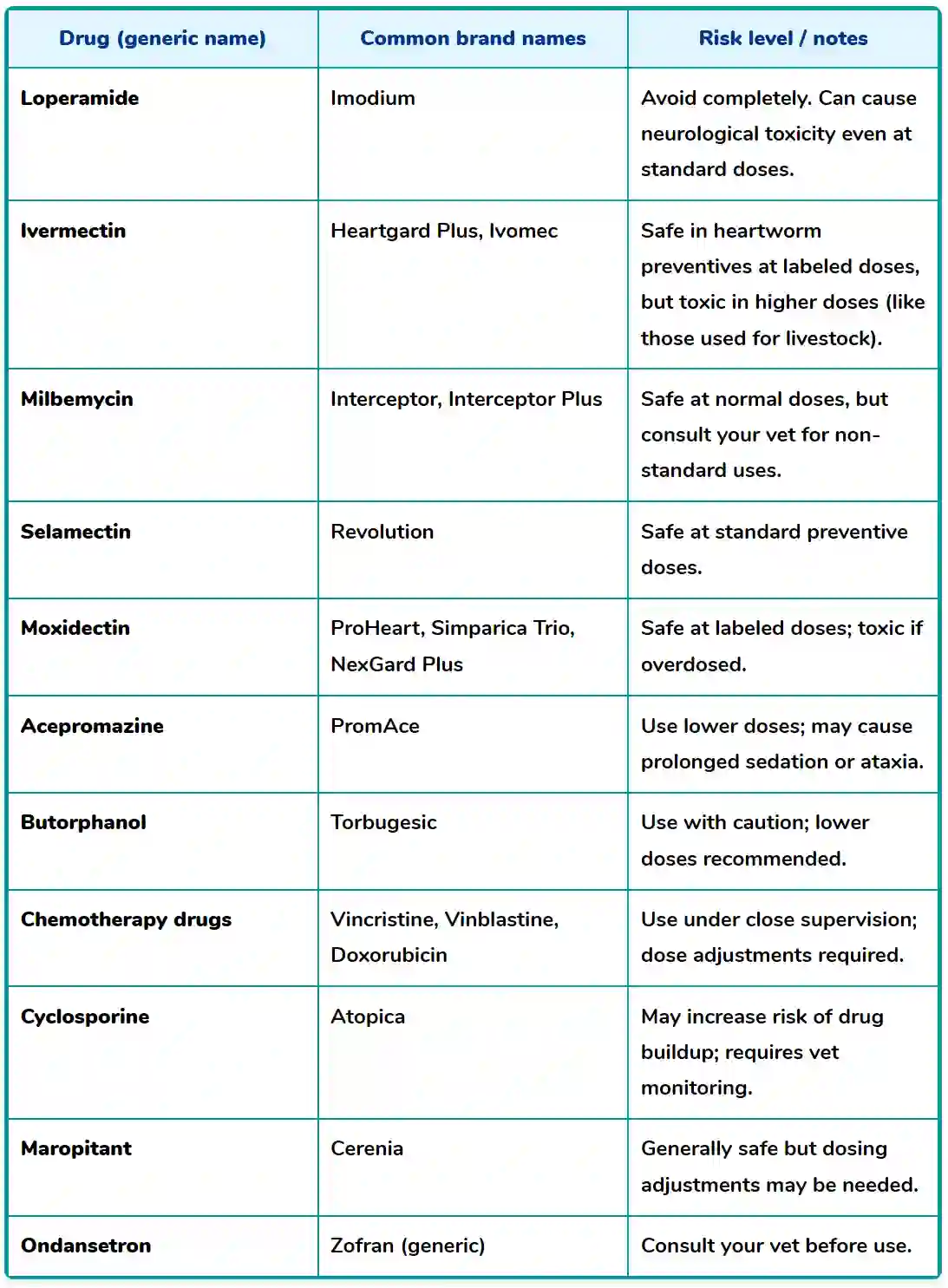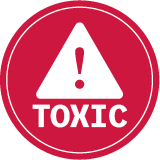Could Your Dog Be at Risk from This Hidden Drug Sensitivity?
Your dog's next prescription could be dangerous — discover the gene that changes everything.

STORY AT-A-GLANCE
- A hidden genetic mutation called MDR1 (officially known as the ABCB1 gene mutation) can make everyday medications dangerously toxic for certain dogs, even at normal doses
- Up to 75% of Collies and in lower numbers many other herding breeds may carry this gene, putting them at risk of severe or fatal drug reactions
- A simple cheek swab or blood test can reveal your dog's MDR1 status, helping your vet choose safe medications and dosages
- Common drugs like Imodium, ivermectin, and acepromazine can trigger neurological symptoms, from tremors to seizures, in sensitive dogs
- Knowing your dog's MDR1 status ensures routine treatments stay safe and prevents life-threatening reactions before they start
Imagine taking your dog to the veterinarian for something routine, such as a heartworm preventive, a mild sedative for a grooming visit, or medication for diarrhea. Now imagine that simple treatment leading to confusion, tremors, blindness, or even death.
It sounds extreme, but for some dogs, it is a real and silent danger. The cause? A genetic mutation known as multidrug resistance 1 (MDR1) or, as scientists now call it, the ABCB1 (ATP Binding Cassette Subfamily B Member 1) gene variant.1 This tiny change in your dog's DNA can make common medications suddenly toxic, even at normal doses.
Also worth noting for the cat parents, this gene mutation can affect cats as well, though at much lower numbers (4%) than the dog population.2 The following information applies to cats, and it is worth talking to your veterinarian about the risk.
What Is the MDR1 Gene and Why Does It Matter?
Every dog's body has a built-in "drug defense system," and one of the key players in that system is a protein called P-glycoprotein, made by the MDR1 gene. Think of this protein as a microscopic security guard. Its job is to keep certain chemicals, toxins, and drugs out of the brain and other sensitive organs while helping to flush them out of the body safely.
When everything works properly, this system keeps your dog's brain protected and ensures that medications are processed normally.
But when the MDR1 gene mutates, the "security guard" stops working correctly. That means drugs that should stay outside the brain can slip through and build up to dangerous levels.
For dogs with the MDR1 (aka ABCB1) mutation, even normal doses of some medications can trigger severe, life-threatening reactions.1
How Dogs Inherit the MDR1 Mutation
Like eye color or coat type, the MDR1 mutation is something a dog inherits from its parents. Every dog has two copies of the gene, one from its mother and one from its father. How your dog reacts to certain medications depends on how many of those copies are mutated:2
- Two normal copies — Your dog is not affected and can safely process medications.
- One normal and one mutated copy — Your dog may show mild to moderate sensitivity.
- Two mutated copies — Your dog is highly sensitive and can have severe, even fatal, reactions to certain drugs.
This means two dogs from the same litter could respond very differently to the same medication, depending on what they inherited.
The good news? You can easily find out your dog's status through a simple genetic test. A cheek swab or small blood sample sent to a veterinary lab can identify whether your dog carries the mutation. Many veterinarians now recommend MDR1 testing for at-risk breeds — or any mixed-breed dog with herding ancestry.
The Breeds Most at Risk
The MDR1 mutation is especially common in herding breeds. In fact, research from Washington State University and other institutions has found that up to 75% of Collies carry at least one copy of the mutation.3 Here are the breeds most often affected:4
- Collies (Rough and Smooth)
- Australian Shepherds (including Miniature and American Shepherds)
- Shetland Sheepdogs (Shelties)
- Old English Sheepdogs
- English Shepherds
- German Shepherds
- Long-Haired Whippets
- Silken Windhounds
- McNab Shepherds
- White Swiss Shepherds
- Wäller (a rare German herding breed)
And it is not just purebreds — mixed-breed dogs can carry the mutation too. If your dog has even a little herding dog in their background, testing is worth it. As more dogs are screened, new breeds continue to appear on the list of those affected.5
What Happens When a Sensitive Dog Takes the Wrong Medication?
When a drug that relies on P-glycoprotein enters the system of an MDR1-affected dog, the body struggles to remove it. Instead of being safely processed and eliminated, the medication builds up, sometimes crossing into the brain, where it can disrupt the nervous system.
This can happen even at normal doses, not from overdose or misuse. Common signs of MDR1 drug toxicity include:6,7
- Weakness or collapse
- Tremors or shaking
- Disorientation or confusion
- Unsteady, wobbly movement (ataxia)
- Vomiting and drooling
- Seizures
- Sudden blindness
- Coma or death
If your dog ever develops these signs after taking a medication, even one that seems routine, stop the medication immediately and contact your veterinarian or an emergency animal hospital.
The Drugs of Concern — What You Need to Know
Not every medication is dangerous for dogs with the MDR1 mutation. Many common drugs are safe at normal doses. The risk comes from certain drugs that depend on P-glycoprotein to be cleared from the brain and body. Here's a list of some medications that pose the most concern:8,9,10

While this list includes the most well-known drugs, new medications are being studied every year. Always ask your veterinarian whether a drug is safe for an MDR1-positive dog before starting treatment.
Why Some Drugs Are Safe and Others Are Not
You might be wondering, if ivermectin is dangerous, why is Heartgard still safe? The difference comes down to dosage and how the drug works in the body.
For example, ivermectin is a powerful antiparasitic. In low doses, like those used in monthly heartworm preventives, it is safe even for dogs with the MDR1 mutation.
But in higher doses — such as those used to deworm livestock — it can cross into the brain and cause serious neurological effects. That is why it is so important not to give your dog livestock medications or any drug not prescribed specifically for them.
How MDR1 Sensitivity Is Diagnosed
Most cases of MDR1 sensitivity are discovered after a dog has an unexpected reaction to a drug. Once that happens, your veterinarian will likely recommend genetic testing to confirm whether the MDR1 mutation is to blame.
Testing is simple, quick, and relatively inexpensive — usually involving a cheek swab or small blood sample that is sent to a specialized lab.11,12
For at-risk breeds, many veterinarians recommend testing before your dog ever needs medication. Knowing your dog's status can help your veterinarian plan anesthesia, parasite control, and other treatments safely throughout their life.
Treatment and Management
There is no cure for the MDR1 mutation, but there is an effective way to manage it: avoidance and awareness. Once you know your dog has the mutation, your veterinarian can create a care plan that prevents exposure to risky drugs.
If your dog has already experienced a reaction, treatment focuses on symptom management and supportive care, such as:
- IV fluids to flush drugs from the system
- Anti-seizure medications
- Anti-nausea or anti-vomiting drugs
- Oxygen therapy or hospitalization for monitoring
- Intravenous lipid emulsion to bind fat-soluble drugs such as ivermectin
Recovery depends on how much of the drug was absorbed and how quickly treatment began. Some dogs recover fully, while others may have lingering neurological signs if the reaction was severe.
Preventing a Tragic Reaction
Fortunately, MDR1 drug sensitivity is one of those rare conditions that is completely preventable if you know your dog's genetic status. Here's how to protect your pet:
- Get your dog tested — Ask your veterinarian about MDR1 (ABCB1) genetic testing, especially if your dog is a herding breed or mix. Testing just once gives you lifelong peace of mind.
- Keep a record — If your dog tests positive for the MDR1 mutation, make sure it is clearly marked in their veterinary record. You can also keep a note in your phone or wallet and consider a pet ID tag that says "MDR1 Sensitive."
- Inform every care provider — Tell your veterinarian, groomer, and anyone else who may administer medication, including boarding kennels and emergency veterinarians, that your dog is MDR1-sensitive.
- Avoid farm medications — Never use livestock or over-the-counter medications (especially dewormers or over the counter flea preventatives) on your dog without explicit veterinary advice.
- Be cautious with combinations — Even safe drugs can become dangerous in combination. Certain drugs like ketoconazole, cyclosporine, and spinosad (Comfortis) can raise the levels of other medications in the bloodstream, increasing risk even in normal dogs.
The Outlook for MDR1-Affected Dogs
The MDR1 mutation is one of those hidden risks that many dog owners never hear about until it is too late. But once you understand it, prevention is simple.
With awareness and proper veterinary care, dogs with the MDR1 mutation can live normal, happy, healthy lives. Many drug-sensitive dogs go their entire lives without a single adverse reaction — simply because their owners took the time to get tested and stay informed.
So the next time your veterinarian recommends a medication, take a moment to ask, "Is this safe for my dog's MDR1 status?" Because when it comes to drug sensitivity, the smallest gene can make the biggest difference.










